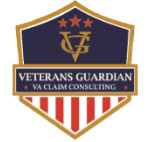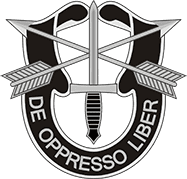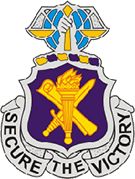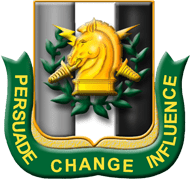Seventy Years and Counting
We would like to thank the USASOC Historian Office Director for permission to use the SWCS History:
U.S. Army John F. Kennedy Special Warfare Center and School: Seventy Years and Counting
By Christopher E. Howard, USASOC History Office May 3, 2022
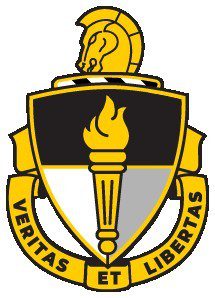
The U.S. Army John F. Kennedy Special Warfare Center and School (USAJFKSWCS) is the Army’s Special Operations Center of Excellence, serving as the proponent for all U.S. Army Civil Affairs (CA), Psychological Operations (PSYOP), and Special Forces (SF) doctrine and training. This year, USAJFKSWCS celebrates its seventieth anniversary. What follows is a concise history of this storied organization. For more information, visit www.ARSOF-History.org.
In April 1952, with war raging on the Korean Peninsula and Cold War divides deepening globally, the U.S. Army formally established the Psychological Warfare (Psywar) Center at Fort Bragg, North Carolina. Assigned to the Third U.S. Army, the Psywar Center absorbed all psywar-related functions and personnel previously located at Fort Riley, Kansas. Then-Brigadier General Robert A. McClure, the Army’s Chief of Psywar, selected Colonel Charles H. Karlstad as the Center’s first commander. A combat veteran of two World Wars, and former Chief of Staff of the Infantry Center at Fort Benning, Georgia, Karlstad was the right man for the job.
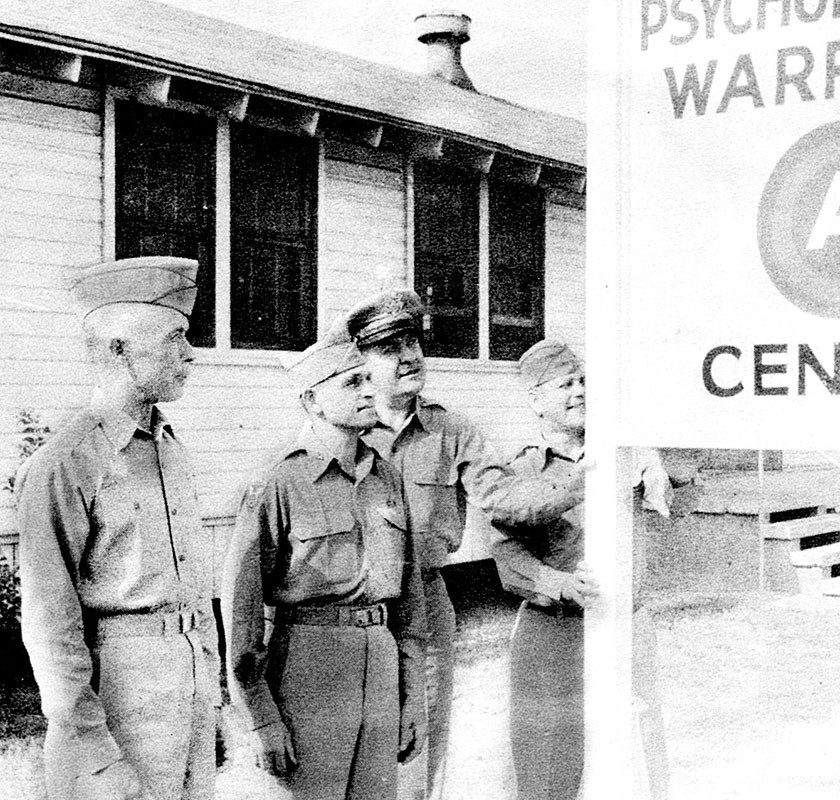
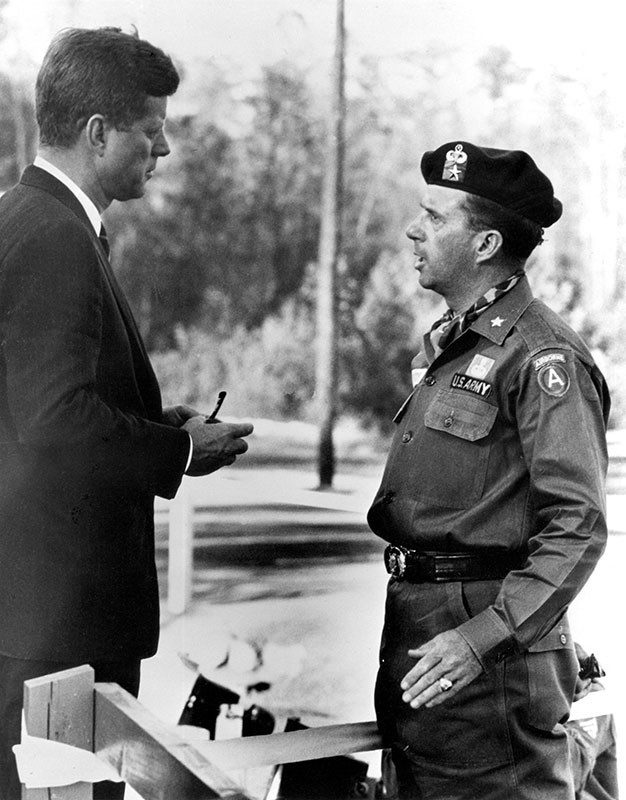
Brigadier General (BG) William P. Yarborough, the Commanding General, U.S. Army Special Warfare Center and School, Fort Bragg, NC, talked with President John F. Kennedy on 12 October 1961 at McKellar’s Pond following the Special Warfare demonstration. The visit had been arranged by the president’s aide-de-camp, Major General Chester V. ‘Ted’ Clifton, a West Point ’36 classmate.
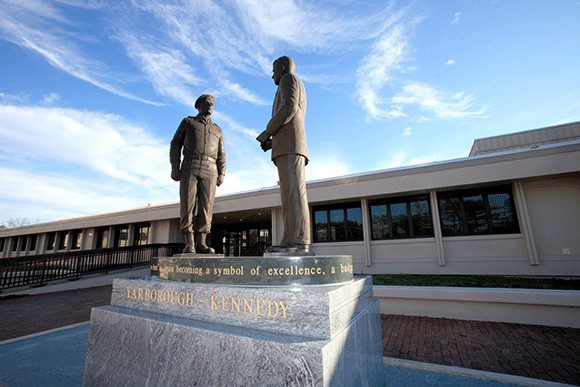
Early Psywar Center missions included conducting individual training and supervising unit training for Psywar and SF; testing and evaluating equipment; and developing doctrine, tactics, techniques, and procedures for Psywar and SF, the Army’s unconventional warfare (UW) specialists. Assigned units were the 6th Radio Broadcasting and Leaflet Group, the Psychological Warfare Board, and 10th SF Group. The latter was the first of its kind, having been activated June 11, 1952. That October, the Center added the Psychological Warfare School, consisting of Psywar and SF departments. The Army approved the Center and School’s insignia design on November 28, 1952, which is still in use today. In December 1956, the Army renamed the Psywar Center and School as the Special Warfare Center and School.
During the early 1960s, the Special Warfare Center and School grew in response to the massive expansion of SF and increasing U.S. involvement in Vietnam. Much of this growth occurred under the leadership of Brigadier General William P. Yarborough. The Center added counterinsurgency operations courses and created an Advanced Training Committee to develop methods of infiltration and exfiltration, such as military freefall and underwater operations. In 1964, the Center was redesignated as the U.S. Army John F. Kennedy Special Warfare Center. This was to memorialize the recently slain President, who was an avid supporter of Army Special Operations Forces (ARSOF). A year later, the Center consolidated all unit-level dive training into the SF Underwater Operations course, conducted at Key West, Florida. In May 1969, the Center was renamed the U.S. Army John F. Kennedy Center for Military Assistance, and the School was renamed the U.S. Army Institute for Military Assistance.
On September 15, 1971, the U.S. Army Civil Affairs School transferred from Fort Gordon, Georgia to Fort Bragg, coming under the Center, alongside SF and PSYOP. A year later, the Center was assigned to the new U.S. Army Training and Doctrine Command (TRADOC), becoming the Army’s proponent for ARSOF. Meanwhile, SF regrouped amid post-Vietnam War force reductions, refining its mission and how it trained. One result of this was the implementation of the Robin Sage UW exercise in 1974, which replaced earlier UW exercises such as Operation Snowdrop, Cherokee Trail, and Gobbler’s Woods.
The 1980s were a period of revitalization and transformation for ARSOF, and the Center was deeply involved in this process. In 1982, it became an independent TRADOC activity, under the name U.S. Army John F. Kennedy Special Warfare Center. Concurrently, the Army activated 1st Special Operations Command, which assumed command of operational ARSOF units, allowing the Center to focus on special operations training and doctrine.
In 1986, the Center was redesignated once more, taking its current name of U.S. Army John F. Kennedy Special Warfare Center and School. It reorganized into six training departments: SF; Special Operations Advanced Skills; Survival, Evasion, Resistance and Escape (SERE), based on the Vietnam-era POW experience of SF officer James N. ‘Nick’ Rowe; Foreign Area Officer; CA; and PSYOP. It established a Noncommissioned Officer Academy (NCOA) in 1987, later named in honor of Master Sergeant David K. Thuma. The following year, the Center initiated a three-week Special Forces Assessment and Selection (SFAS) course to test SF candidates physically and psychologically, prior to entering the SF Qualification Course. In 1989, 1st Special Warfare Training Group was activated, initially consisting of three training battalions and one support battalion.
In June 1990, USAJFKSWCS was reassigned from TRADOC to the U.S. Army Special Operations Command (USASOC), activated on 1 December 1989 to control of all components of ARSOF, less forward deployed units. During this decade, the Special Operations Academic Facility (now Bank Hall) opened, military freefall training relocated from Fort Bragg to Yuma Proving Ground, Arizona, and foreign language training was instituted as part of CA, PSYOP, and SF qualification.
In the two decades since the 9/11 terrorist attacks on the United States, USAJFKSWCS expanded and evolved to meet the growing demand for ARSOF, imposed by the Global War on Terrorism. Organizational changes included the activation of the Special Warfare Medical Group (SWMG); the creation of the Special Warfare Education Group and SF Warrant Officer Institute (SFWOI); and the activation of additional battalions under 1st SWTG. Additionally, CA and PSYOP instituted their own assessment and selection courses, modeled off SFAS. In 2012, the Army designated USAJFKSWCS as the U.S. Army Special Operations Center of Excellence.
Today, USAJFKSWCS consists of the Special Warfare Center, SFWOI, NCOA, and three training groups: 1st SWTG, 2nd SWTG, and SWMG. Combined, they offer over one hundred separate courses to CA, PSYOP, SF, Allied, and Sister Service students, from assessment and selection and military occupational specialty qualification, to foreign languages, advanced skills, and leader development. After seventy years, USAJFKSWCS continues to provide the Nation with highly trained, educated, disciplined, and adaptive ARSOF Soldiers, capable of operating in a complex, multi-dimensional world.

